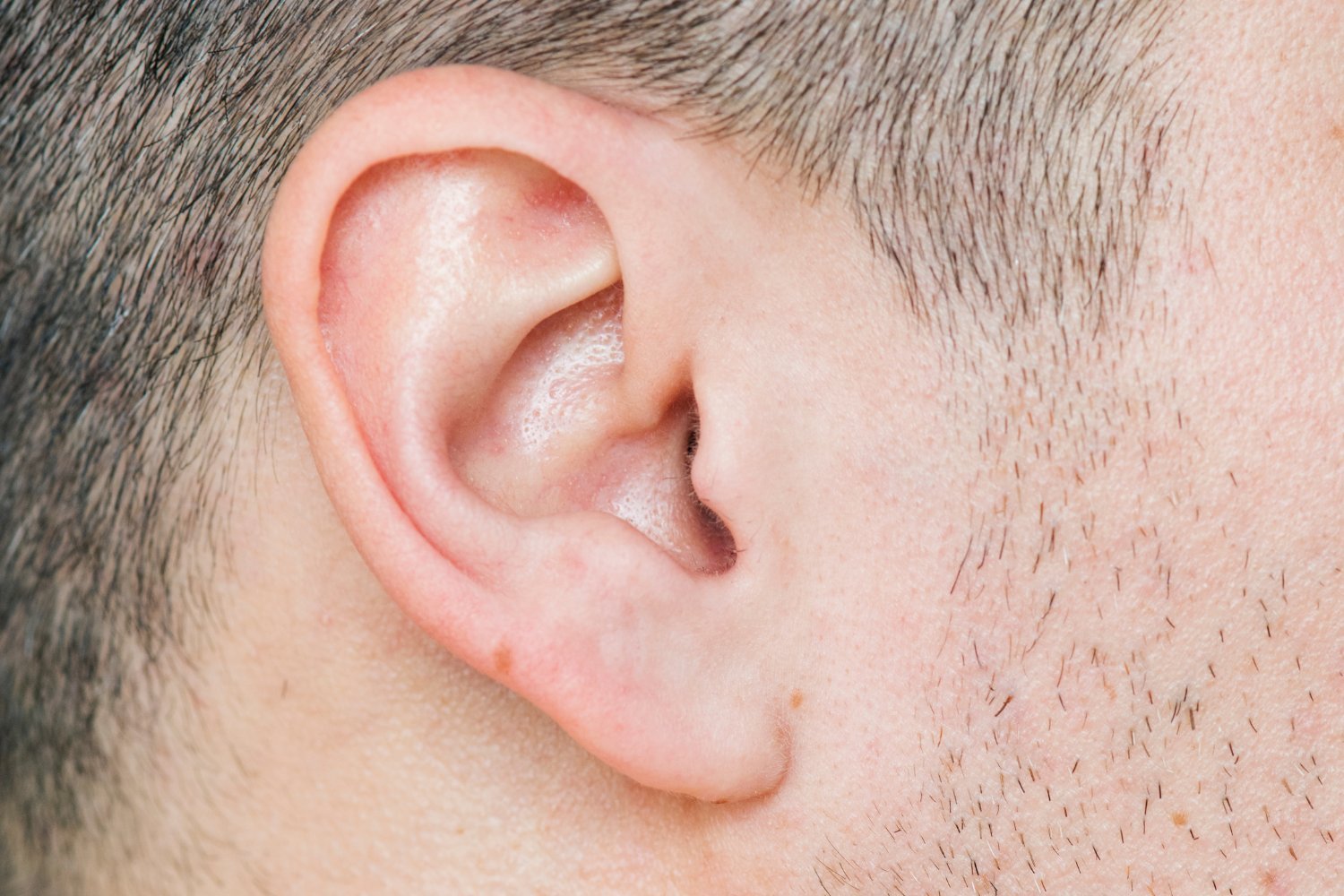Physical Address
304 North Cardinal St.
Dorchester Center, MA 02124
Physical Address
304 North Cardinal St.
Dorchester Center, MA 02124

Tens of millions of years ago, our ancestors can revolve around their ears to pick up sounds, just as cats and dogs do today. Humans have lost this ability with the passage of time, and the muscles that once controlled the movement of the ear are often useless – with the exception of a few people who can still fluctuate their ears. But new research shows that these muscles still interact when we listen with interest, which alludes to their primitive function.
Researchers in Germany and the United States have found that the muscles were once used to move our ears, known as the ear muscles, which are still active when we focus on competing sounds, as if they were trying to revive our ancestors’ ability to rotate or prick our ears. Although it is unclear whether this improves our hearing capabilities today, their research indicates that the more we try to listen, the more we occupy these muscles. Dishing, the results also shed light on an archaeological part of our body-and a useful ability to develop.
“There are three large muscles linking tastes to the skull and scalp, which is important to spoil the ear,” said Andreas Shrair of the University of Sarland, who led the study in a statement issued by the magazine. border. “These muscles, especially the superior ear muscles, show an increased activity during the effort to listen. This indicates that these muscles do not participate in just a reflection, but they are likely to be part of the Importation mechanism, especially in difficult auditory environments.”
Previous research has already linked the activity in the upper and superior ear muscles (the largest ear muscle) to listen to vigilance, indicating that our main predecessors used them to move their ear shells and the sounds of repression to their eardrum. However, evils and colleagues wanted to determine whether the muscles were more active when people had to listen more strongly.
As is detailed in a Ticket Posted today in borderThe researchers link the electrodes – the devices that discover the electrical impulses – to the muscles of the ears from 20 participants without any problems with hearing, and ordered them to listen to an audio book emitted by speakers. Participants listened to the Audiobook book with different levels of difficulty, and they took a test on its content in the end. Sometimes, researchers played a dispersed podcast at the same time, sometimes the sounds came from different directions – but the task was always investigating, according to researchers. If the participant surrenders because it was very difficult, the activity associated with the atrial muscle effort will stop.
Ultimately, the researchers noted that the upscale and superior ear muscles showed a different activity depending on the audio situation. The more the voltage participants practiced hearing kitchen, the more superconducting muscles. In addition, when the audible kitchen played behind the participant, the muscles of the background participants were activated in a way that may have been directed in this direction, if we still have this ability.
“It is difficult to determine the exact cause of these muscles (muscles), because our ancestors have lost this ability about 25 million years ago,” explained. “One of the possible explanations may be that the evolutionary pressure to move the ears stop because we have become more efficient in our visual and sound systems.”
Ultimately, the superior ear muscles appear to have interacted with how difficult the listening task – revitalize more during the most difficult listening tasks – while the posterior ear muscles are turned on the direction of the sound.
Sharar added: “The ear movements that can be generated with the signs that we have recorded are so small that there may be no benefit that can be perceived.” “However, the ear (the ear shell) contributes to our ability to localize the sounds. Therefore, our Olayium system is likely to try the best after that after it has become archaeological for 25 million years, but it does not achieve much.”
What are the practical applications of the inexpensive ear muscles? Although researchers admit that more research in the most realistic circumstances should emphasize their results, the activity of superior atria can serve as a physical indicator of listening efforts.
So the next time someone has claimed, Do you listen? Watch out – they may soon have the tools to check your answer.